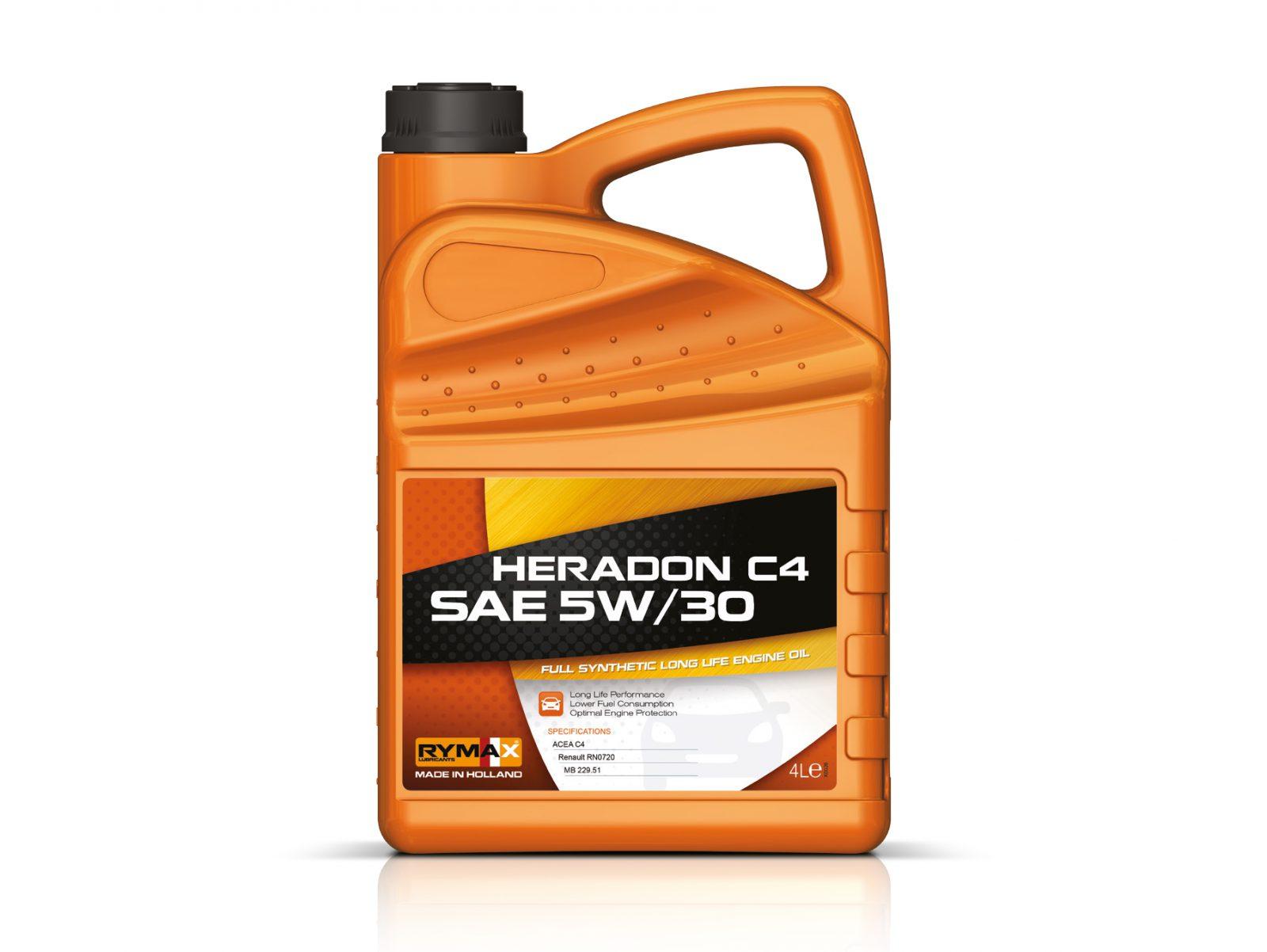Motor oil is vital to a vehicle’s efficiency. Its quality can literally make or break the engine performance. Have you ever thought why the engine oil’s name starts with the letters ‘SAE’? What is SAE oil? Does it refer to the quality of the oil or something else?
What Is SAE Oil?
SAE stands for ‘Society of Automotive Engineering’, established by Henry Ford and Andrew Ricker in 1905. The goal of this special organization was to provide a guardian platform for all automotive engineers scattered across the country. However, its role extended in later years, including an intentional standards agency that provides motor oil grading for consumers.

The organization makes sure that motor oils everywhere in the world meet the same standards. It means that a gallon of 5W-30 oil bought in California is the same as a gallon of 5W-30 found in a Kyoto gas station.
The SAE oil definition refers to motor oils graded according to their viscosity. And, this coding system is introduced by the SAE organization.
The Measurement of Viscosity
What factors determine the viscosity of motor oils?
Viscosity refers to the smoothness of oil at the time of flowing through a container at a specific temperature. Low viscosity means a quick flowing time, whereas high viscosity means the opposite.
A low viscosity oil is thin, and it flows freely at low temperatures while thicker oils with a higher viscosity flow rather slowly. Thin motor oils are good for cold weather as they reduce friction between engine components and help with starting it quickly in the winter. On the other hand, thick oils are good for the summer days since they can maintain oil pressure in hot weather.
SEE MORE
- Which Brands of Motor Oil Guarantee Good Performance?
- How much Is the Right Amount of PAG Oil in the AC System?
Decoding the Oil Codes
So, you now know what is SAE oil, but what do these codes mean? Well, there is nothing complicated if you know how to decipher the letters and numbers used in the codes.
The format used in writing motor oil grades is SAE XW-XX. For example, it could be SAE 30 or SAE 10W-30.
You already know the definition of SAE oil and what the letters stand for. The letter ‘W’ refers to winter, which means that this oil is specially manufactured for cold weather. Some people mistakenly think ‘W’ refers to weight, but oil viscosity does not depend on any kind of weight.
The numerical value preceded W is the oil flow rating at 0°F (which is -17.8°C). A lower number indicates a low chance of thickening the oil at low temperatures. If you live in an extremely cold climate region, use a motor oil rated between 0W and 5W.

The numerical value mentioned after the hyphen refers to viscosity measured at 212°F (which is 100°C). It indicates the promptness of the oil’s thinning rate at higher temperatures. The lower the number, the quicker the action. So, a 5W-20 oil will thin out quicker than a 5W-30 at a high temperature.
As you know how the motor oil grading works, you will never need to play a guessing game while choosing an oil for your car.



